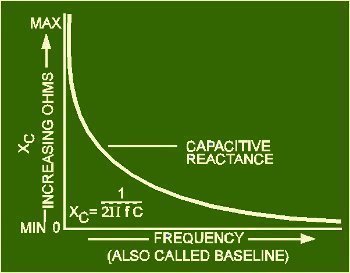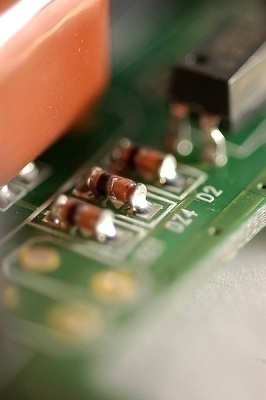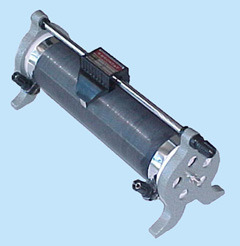Capacitive reactance is a term used to describe an effect in capacitors that causes the capacitor’s resistance to change depending on changes in the electric field passing through it. Capacitive reactance is similar to resistance in that it can allow or block varying amounts of voltage in a circuit, but is different because it is dependent on changes in frequency rather than changes in current. Capacitive reactance can be applied to various electronic devices, which include circuits that change frequency on a regular basis.
How Capacitive Reactance Works
Like resistance, all materials have a specific amount of reactance, measured in Ohms. However, while resistance is a quality of a material that never changes, reactance changes whenever a frequency within the circuit does. This is because when a circuit produces a high frequency, electrons within a capacitor flow much faster and do not build up as much of a charge. When a circuit produces a low frequency, however, electrons within a capacitor flow slower and tend to linger around one side of the capacitor. This inevitably creates a limit to the potential charge a capacitor can build up before it switches polarity and loses its charge.
Applications
Capacitive reactance can be seen in any circuit that switches frequency on a regular basis. For example, wireless devices often receive signals from multiple frequencies simultaneously for compatibility reasons and tend to exhibit large amounts of capacitive reactance. Likewise, city-wide power grids handle high frequency alternating current that produces multiple frequencies and may receive interception from other electrical sources such as radio waves.




Follow Us!